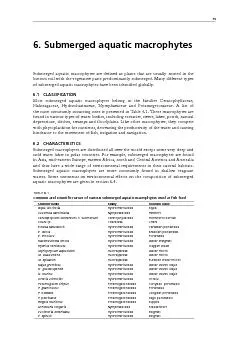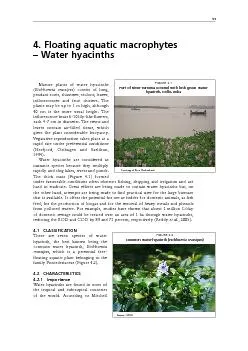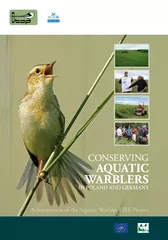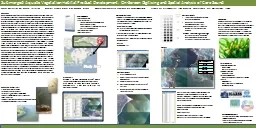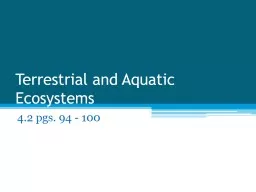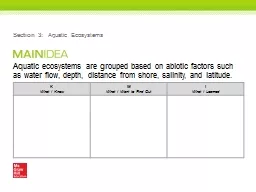PDF-6. Submerged aquatic macrophytesSubmerged aquatic macrophytes are defi
Author : conchita-marotz | Published Date : 2015-11-05
75 Use of algae and aquatic macrophytes as feed in smallscale aquaculture 150 A review 63 PProduction or cultivation techniques have not been developed for most
Presentation Embed Code
Download Presentation
Download Presentation The PPT/PDF document "6. Submerged aquatic macrophytesSubmerge..." is the property of its rightful owner. Permission is granted to download and print the materials on this website for personal, non-commercial use only, and to display it on your personal computer provided you do not modify the materials and that you retain all copyright notices contained in the materials. By downloading content from our website, you accept the terms of this agreement.
6. Submerged aquatic macrophytesSubmerged aquatic macrophytes are defi: Transcript
Download Rules Of Document
"6. Submerged aquatic macrophytesSubmerged aquatic macrophytes are defi"The content belongs to its owner. You may download and print it for personal use, without modification, and keep all copyright notices. By downloading, you agree to these terms.
Related Documents

